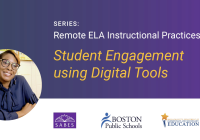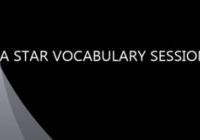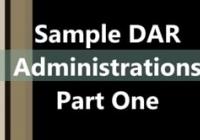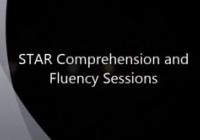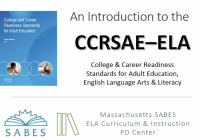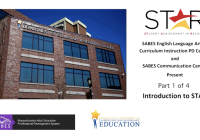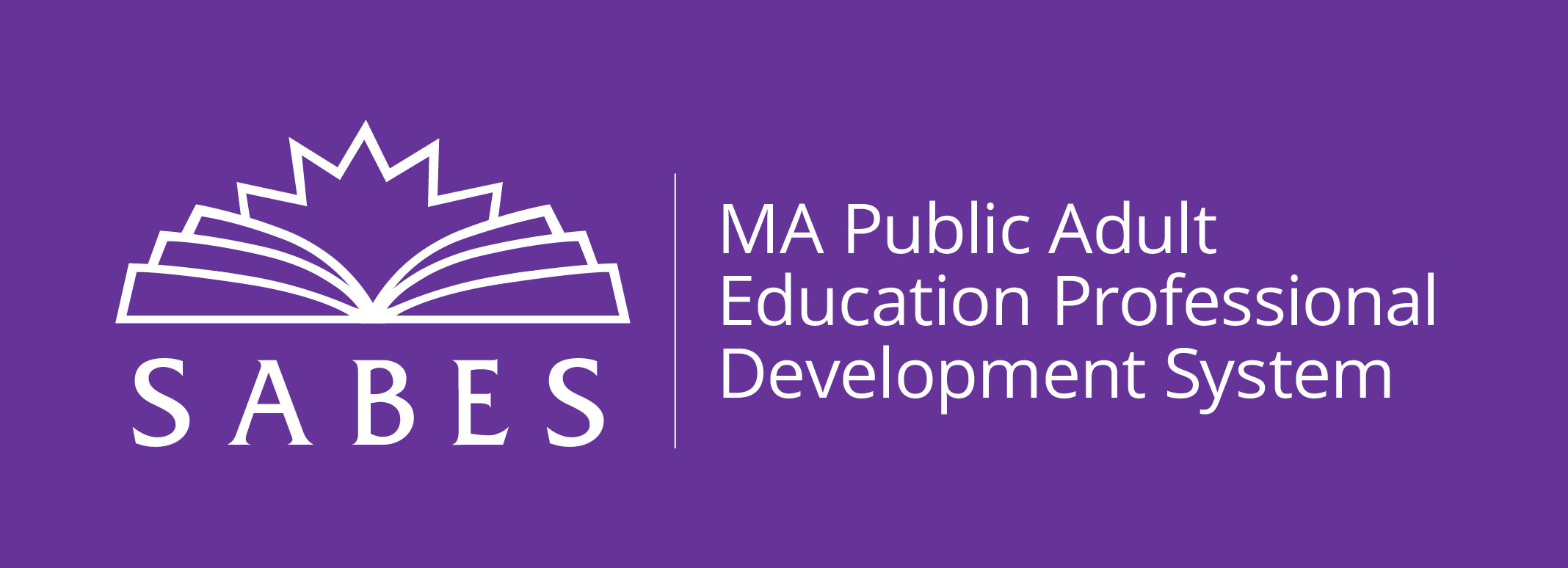This lesson is focused on the pro/con format and on how to use the claim of and supporting evidence in a text to determine the author’s position on a topic. The texts selected for the lesson focus on
ELA: Videos
Teacher Karen Greaves engages her students during a remote financial literacy lesson using digital polling and a digital whiteboard to foster student discussion. Find evidence of the following
This video demonstrates on how to teach vocabulary to a STAR class using explicit instruction. The instructor demonstrates how to use the evidence-based reading instruction (EBRI) quadrant chart
This video shows how to administer the Diagnostic Assessment of Reading (DAR) to a potential STAR student to determine the appropriate level of instruction for alphabetics, fluency, vocabulary, and
In this video, the instructor demonstrates how to teach comprehension using the summarizing strategy, Topic, and Main point. (Massachusetts STAR Team)
This lesson is an abbreviated version of "Pros and Cons: Technology in Our Daily Lives." (U.S. Dept of Ed. OCTAE)
This lesson is focused on how to find the claim of and supporting evidence in a text. Later lessons will focus on evaluating evidence and claims to figure out reliability, validity, and bias in a text
Watch this 15-minute narrated introduction to the College and Career Readiness Standards for Adult Education (CCRSAE) for ELA. The resources referenced in this video, and additional resources and PD
Two instructors and the director of Abisi Adult Education Center in Lowell, MA introduce you to STAR (Student Achievement in Reading) and its impact on adult learners in their school. (SABES)


